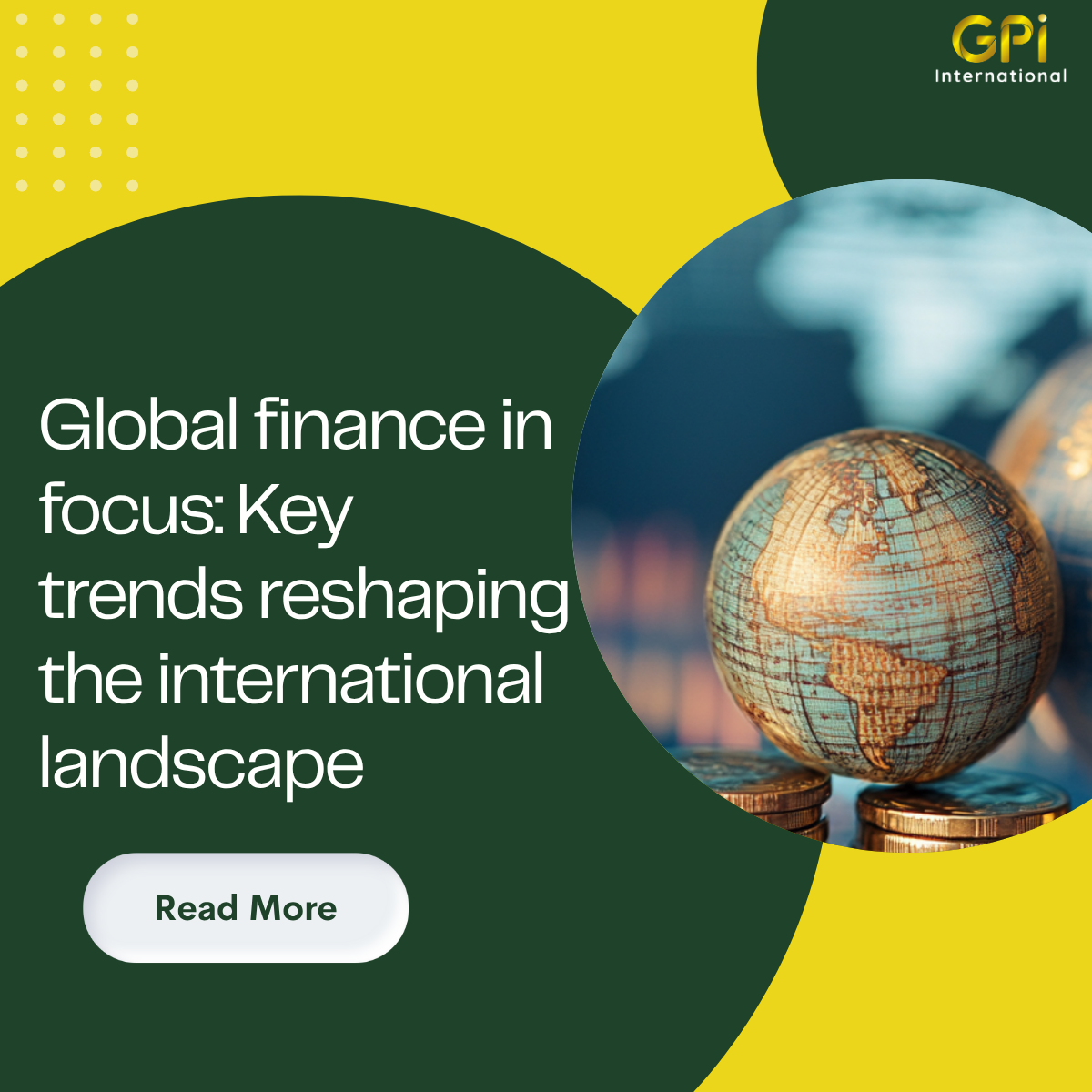Global finance in focus: Key trends reshaping the international landscape
The international financial landscape saw major shifts this week, with developments ranging from digital currency breakthroughs to evolving investment strategies and a weakening US dollar. Together, these changes are reshaping how global markets function—and how businesses, investors and policymakers must respond.
One of the most striking developments is the changing role of the US dollar. According to recent analyses by Bloomberg and the Financial Times, the dollar is behaving more like an emerging-market currency, marked by volatility and geopolitical sensitivity. With growing tensions over trade, the US election cycle, and fragmented global supply chains, economists now anticipate a slow transition toward a multi-currency world. While the dollar remains dominant for now, currencies such as the euro, Chinese renminbi, and even gold and cryptoassets are gaining traction as alternative stores of value. This could have profound implications for global finance: increased volatility, higher borrowing costs for dollar-dependent economies, and more fragmented capital flows.
At the same time, the digital currency race continues to heat up. The Reserve Bank of Australia (RBA) announced Phase 2 of its central bank digital currency (CBDC) programme, Project Acacia, which includes trials with commercial banks and fintechs. The initiative aims to reduce settlement risk, modernise payment systems, and explore how CBDCs can integrate with stablecoins and tokenised assets.
Meanwhile, in Pakistan, the central bank has unveiled plans for a retail CBDC pilot, part of a wider monetary reform strategy backed by the IMF. Pakistan’s digital currency aims to improve financial inclusion and stabilise monetary operations in the face of inflation and external shocks.
In Europe, former ECB board members have urged regulators to embrace stablecoins as a way to enhance capital market efficiency and reduce dependency on U.S.-centric financial infrastructure. Despite progress on the EU’s MiCA regulation, Europe is seen as lagging behind global innovation leaders in the digital finance space.
This week also highlighted a structural shift in investment strategy. At the IMpower Fund Forum in Monaco, leading asset managers declared the traditional 60/40 portfolio split (60% equities / 40% bonds) outdated. Given current market volatility and geopolitical uncertainty, investors are increasingly turning to alternative assets like private equity, infrastructure, and real estate. Over 50% of Q1 fund flows went into alternatives, signaling a growing appetite for returns that are less correlated with public markets.
Amid this backdrop, banks are adapting fast. Citigroup expanded its European leveraged finance operations by hiring Ludovic Ingelaere from Deutsche Bank to head its Paris office. This move reflects a broader strategy to grow its presence in Europe, with parallel hiring in Germany, the UK, China, and India, especially in private equity and debt markets.
In conclusion, from the weakening grip of the dollar to the rise of digital currencies and new investment approaches, the global financial system is entering a new era. Central banks, investors and corporations alike must adapt swiftly as innovation, diversification, and decentralisation reshape the rules of global finance.





